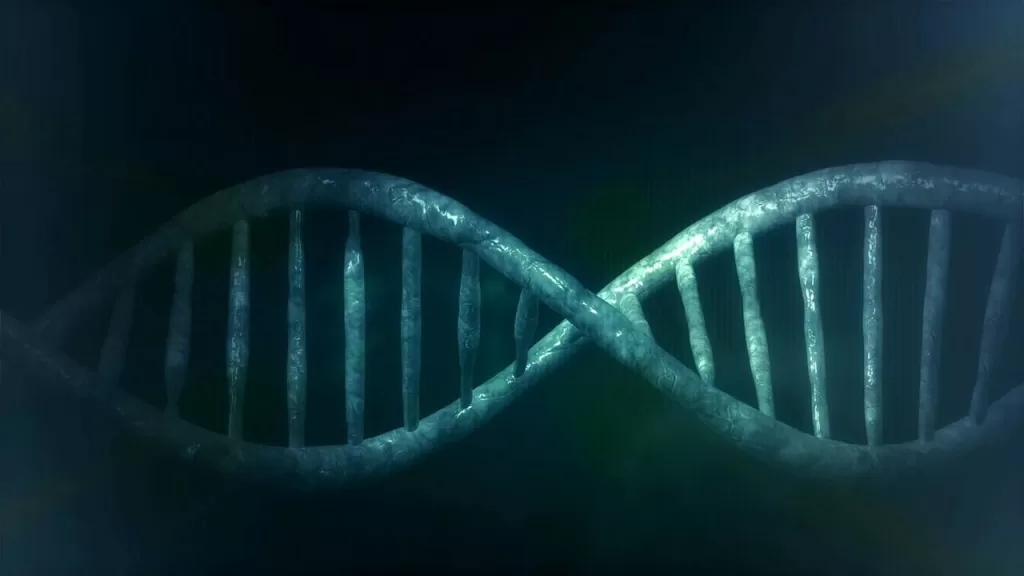Unraveling the Genetic Underpinnings of Homosexuality
The question of whether being gay is genetic has long intrigued both scientists and the general public. While numerous social and political theories attempt to explain the origins of homosexuality, the scientific community has been fervently researching the genetic and molecular basis behind this aspect of human sexuality. A range of studies has shed light on the possible genetic factors contributing to homosexuality, leading to intriguing revelations and hypotheses.
Genetic Heritability and Chromosomal Linkages
Several seminal studies have aimed to discern the genetic roots of homosexuality. In the 1990s, the human genome project played a crucial role in these investigations. Researchers found that gay men displayed a higher incidence of homosexual relatives compared to heterosexual men. Additionally, genetic linkages were observed in gay siblings, particularly on the X chromosome. This correlation suggested a significant level of genetic heritability associated with sexual orientation.
A more recent study conducted with 409 gay siblings further substantiated these findings. This research revealed notable linkages in two specific chromosomal regions: the Xq28 region on the X chromosome and another region on chromosome 8. The cumulative evidence from these studies strongly suggested a genetic component to sexual orientation.
The Paradox of Homosexuality and Gene Transmission
One striking paradox has been the apparent contradiction between the genetic nature of homosexuality and the relatively lower number of offspring among gay individuals. While gay people do have children, they tend to have significantly fewer offspring compared to heterosexuals. This raises the question of how genes associated with homosexuality could persist in the population.
A recent study from UCLA introduced the concept of epigenetics to address this paradox. Epigenetics delves into how environmental factors can chemically modify genes. The study proposed that everyone possesses a “gay gene,” but its activation hinges on the attachment of a methyl group to specific DNA regions. This methylation pattern was found to be closely tied to sexual orientation. The study managed to predict men’s sexual orientation with 70% accuracy, suggesting a strong molecular link between genetics and sexual orientation.
Exploring the Role of Environmental Factors
Environmental factors also come into play when considering the genetic basis of homosexuality. One intriguing finding emerged from studies involving male twins. It was discovered that the presence of an older brother, particularly from the same mother, increased the likelihood of homosexuality in subsequent sons. This phenomenon led researchers to speculate about a biological mechanism triggered by male pregnancies, affecting the mother’s subsequent births.
Another study highlighted the potential impact of prenatal hormone exposure. Women exposed to higher levels of testosterone during pregnancy showed an increased likelihood of having children with non-straight sexual orientations.
Evolutionary Perspectives and Social Implications
The Gay Uncle Hypothesis
Evolutionary theories have also been put forth to explain the prevalence of homosexuality within populations. The “gay uncle hypothesis” posits that non-reproductive gay members of a family contribute indirectly to the propagation of their genes by aiding in the upbringing of relatives’ offspring. This theory suggests that such assistance enhances the overall fitness of the family, contributing to the survival of the genetic lineage.
Altruism and Emotional Intelligence
Studies have noted that gay individuals often exhibit lower levels of hostility and higher levels of emotional intelligence, compassion, and cooperation. These traits could potentially increase altruistic behavior and group survival. The presence of these qualities within gay individuals might contribute to the overall wellbeing of the community.
Attraction Coding and Evolutionary Advantage
An alternative hypothesis posits that genes associated with homosexuality actually code for enhanced attraction. This suggests that female relatives of gay men who share these genes might also experience stronger attractions to men. Such an advantage would lead to increased reproductive success and contribute to the perpetuation of the gene pool.
Changing Perceptions and Future Research
Challenging Historical Bias
Historically, scientific understanding of homosexuality has been marred by bias and misconceptions. The queer community has often been subjected to stigmatization, and their brains and bodies were once inaccurately associated with lower status. This damaging perspective has, fortunately, begun to shift with the emergence of rigorous scientific research aimed at understanding the genetic underpinnings of sexual orientation.
Expanding the Scope of Research
While progress has been made, it’s important to acknowledge that most studies primarily focus on gay men, neglecting other groups within the LGBTQ+ spectrum. Further research into the genetic and epigenetic factors of various sexual orientations will not only contribute to a more comprehensive understanding but also serve to dismantle homophobic laws and attitudes globally.
The Quest for Genetic Elimination?
The question of whether homosexuality could be genetically eradicated is a contentious one. Such a scenario raises ethical, moral, and human rights concerns. The implications of continued study in this field are far-reaching and deserve careful consideration.
In conclusion, the realm of scientific exploration into the genetic and epigenetic foundations of human sexual orientation offers a fascinating journey into understanding the intricacies of identity, genetics, and evolution. While a single definitive “gay gene” remains elusive, the wealth of evidence suggests a complex interplay between genetics, epigenetics, and environmental factors that shape an individual’s sexual orientation. As research advances, societal perceptions and acceptance will continue to evolve, fostering a more inclusive world for all.

